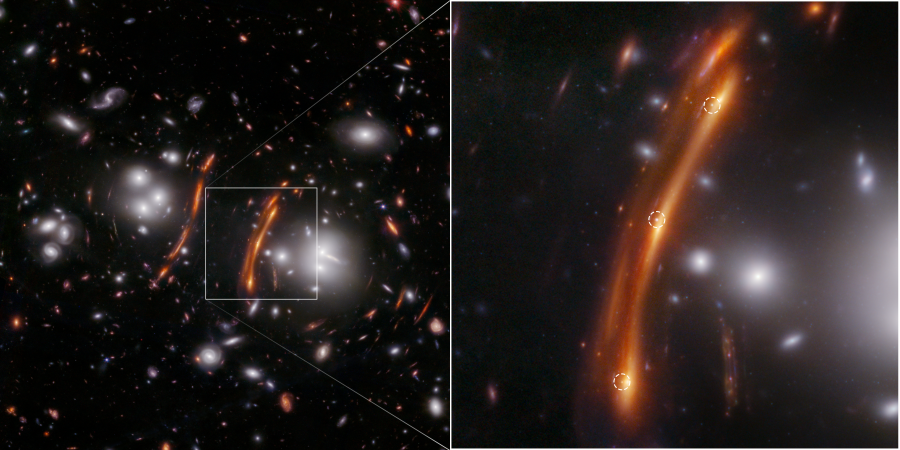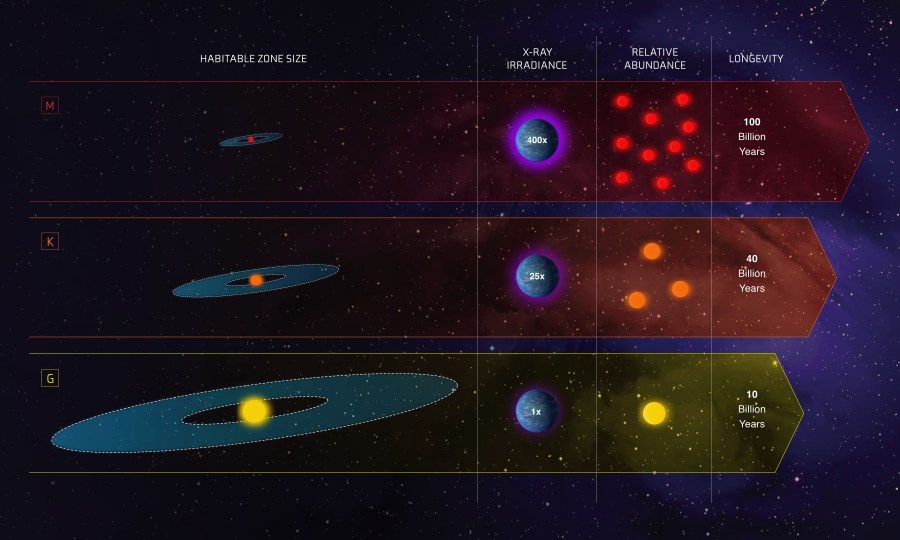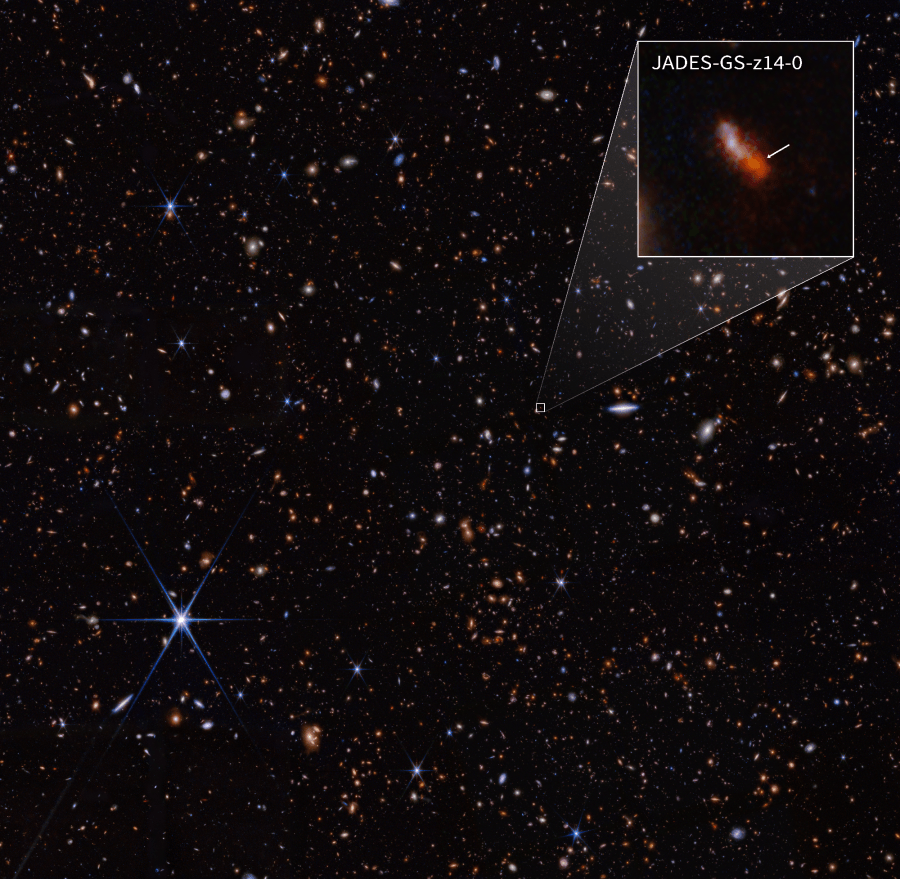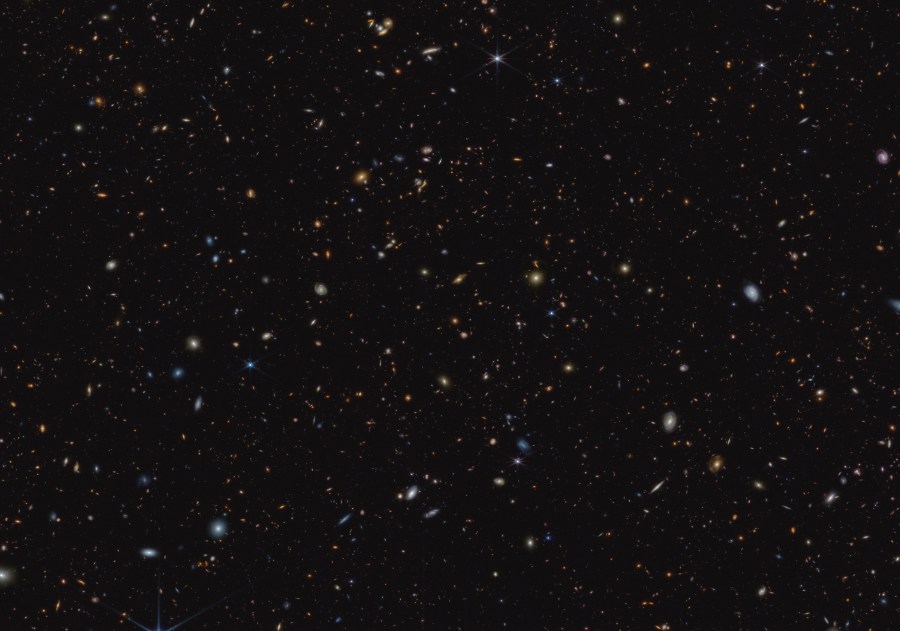Editor’s Note: This post highlights data from Webb science in progress, which has not yet been through the peer-review process. Using NASA’s James Webb Space Telescope, a team led by the Southwest Research Institute (SwRI) has identified a previously unknown moon orbiting Uranus, expanding the planet’s known satellite family to 29. The detection was made […]
New Moon Discovered Orbiting Uranus Using NASA’s Webb Telescope


























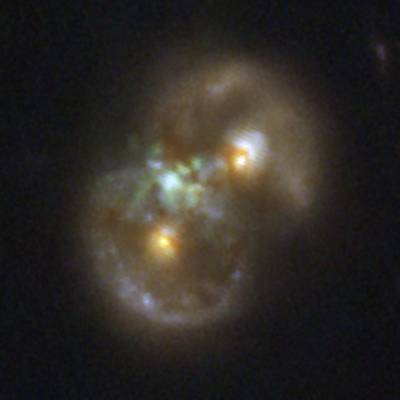
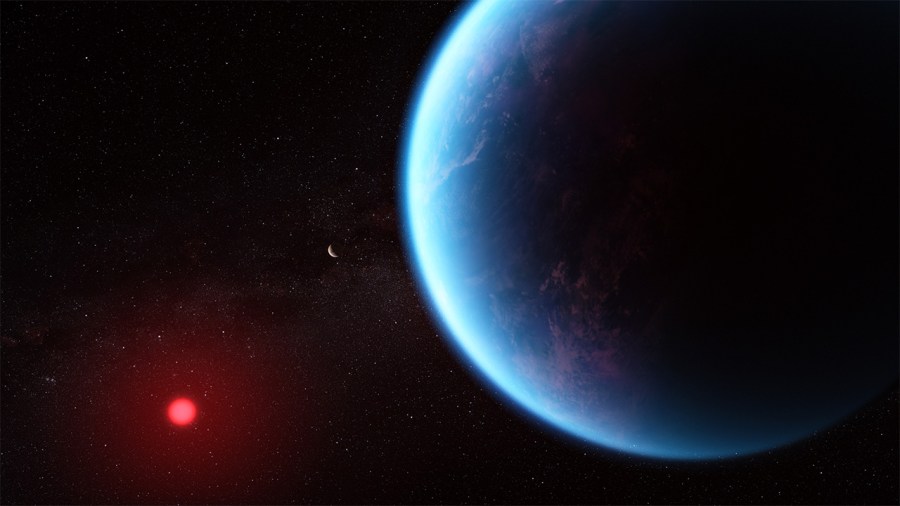
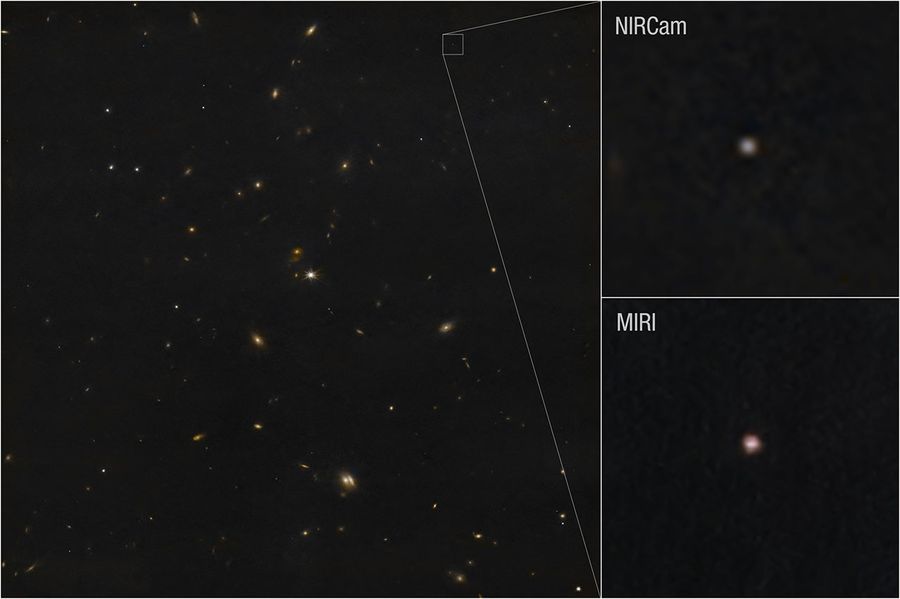
![Images of the trans-Neptunian objects (TNOs) Pluto [left] and Arrokoth [right], the primary flyby targets of NASA’s New Horizons spacecraft in 2015 and 2019.](https://assets.science.nasa.gov/dynamicimage/assets/science/missions/webb/outreach/sidebyside.png?w=872&h=456&fit=clip&crop=faces%2Cfocalpoint)

